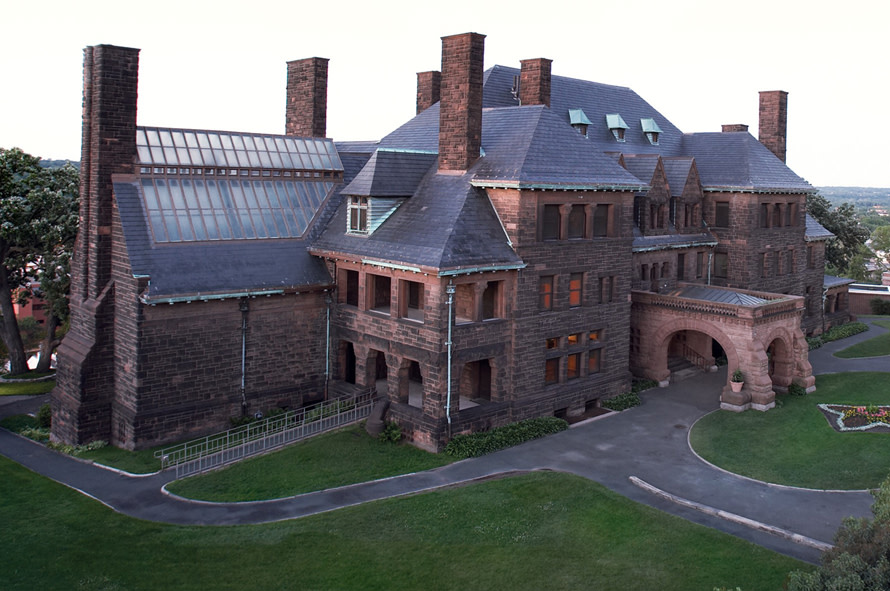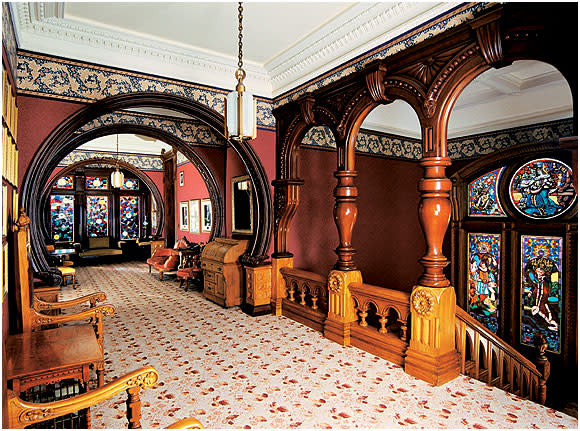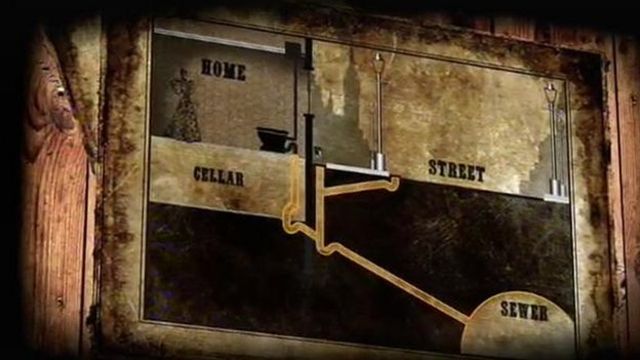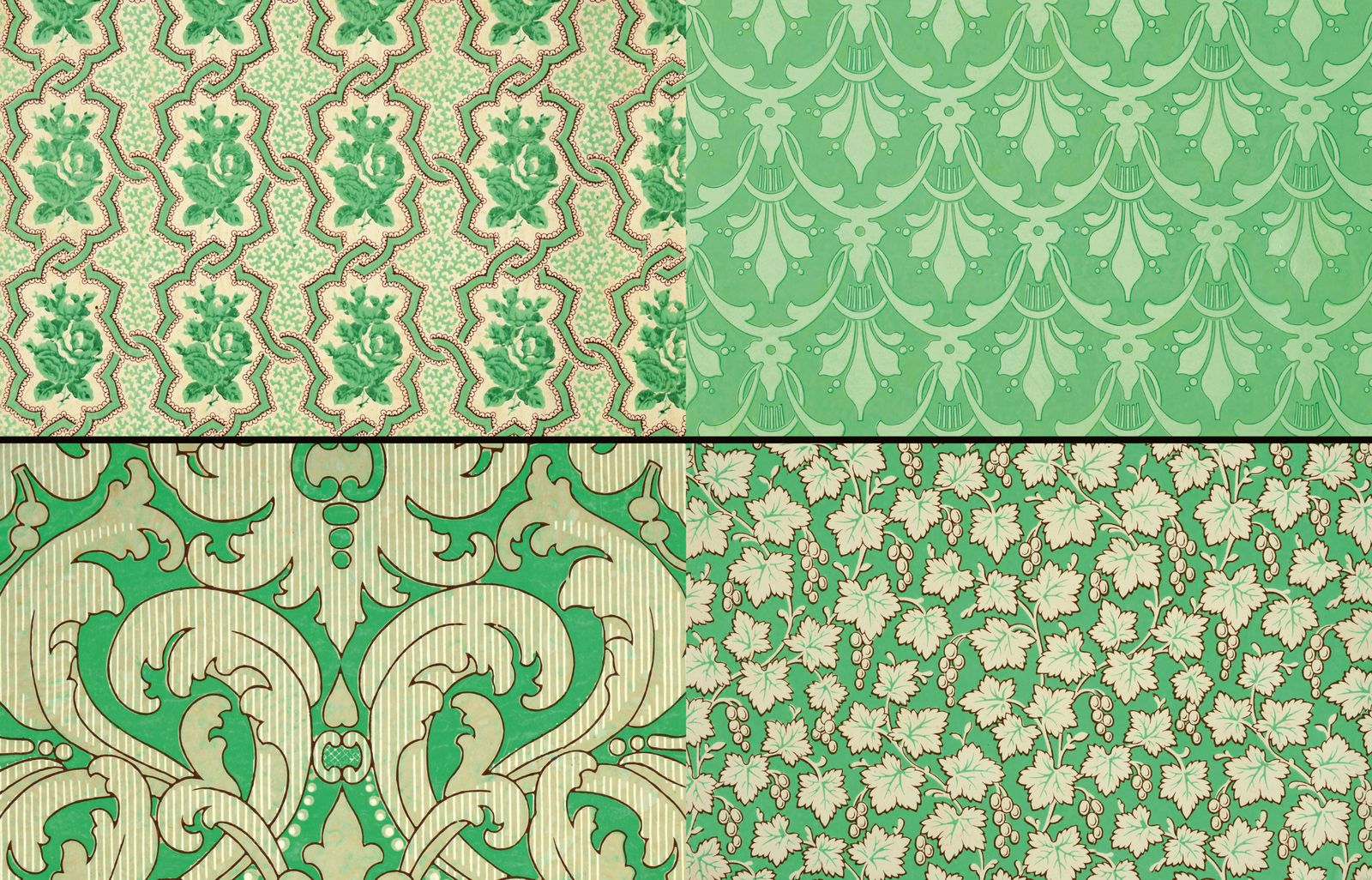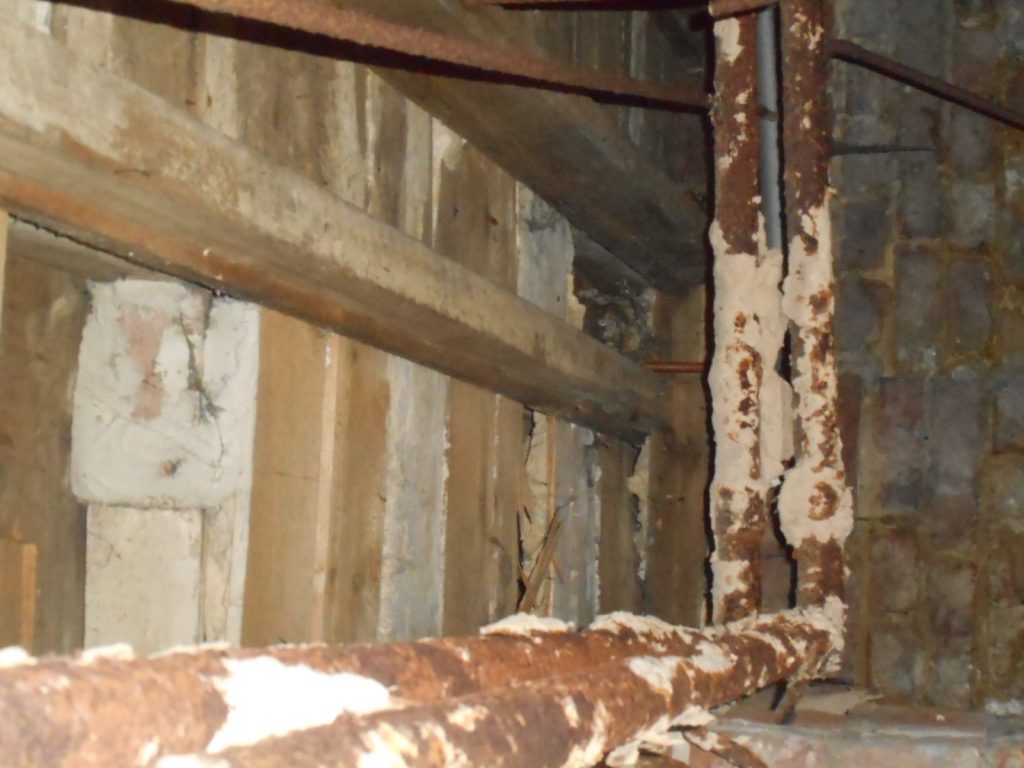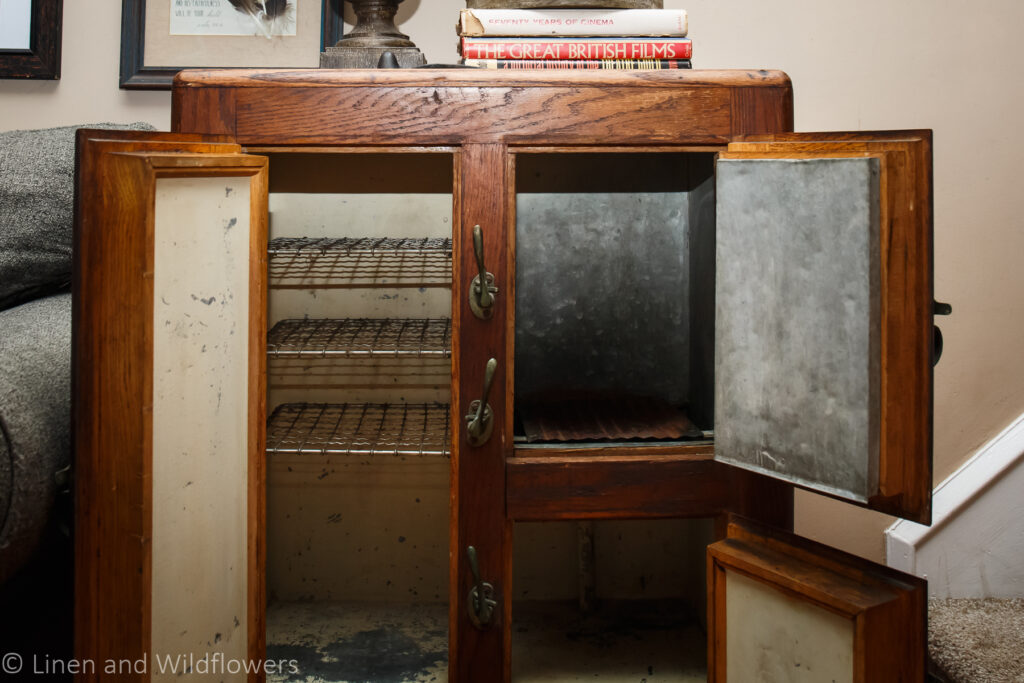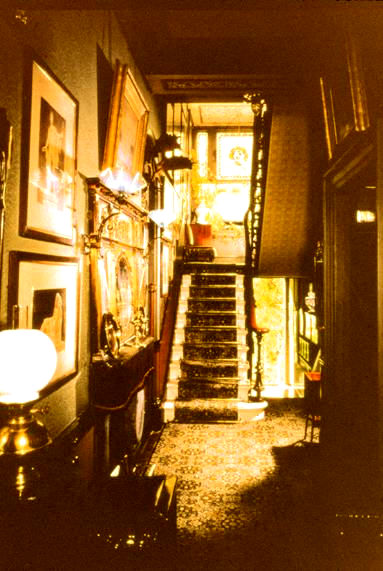Although this isn’t about Victorian homes, I will assume that if you like learning about Victorian architecture, you wouldn’t mind acquiring knowledge on the beautification rituals of the women who lived in the homes. This time can often be accompanied by the term “romantic,” but once you learn more about the troubles of a hoop skirt, you might think otherwise! Women had to wear crotchless garments under their dresses because it was the easiest way to go when the gown a person is wearing weighs so much. Also, instead of toilet paper, they had to wipe using old newspapers or leaves while, at the same time, the sanitation systems were no where like the are today and often the bathrooms stunk of sewers for the streets were covered in rain water, human waste, and animal waste. Clean air was not an easy thing to come by in the cities, for many had to burn coal or wood to heat their homes or cook their food.
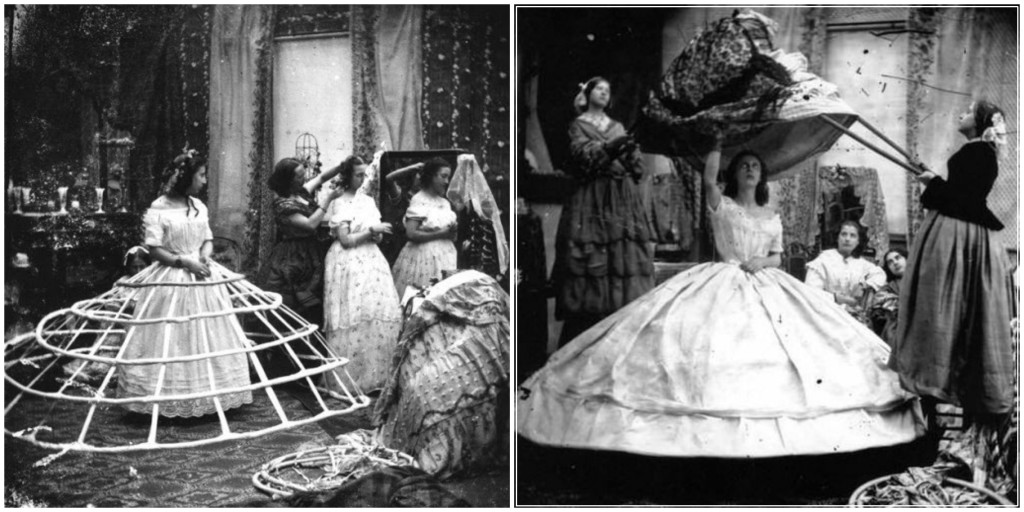
Victorian hoop skirt Victorian hoop skirt with garments
On top of this, male doctors worried to tell women to take proper baths because it would mean they would have to be naked! How scandalous! It had to be done though, so a bath where women fully submerged themselves were done once or twice a month. Except, it wasn’t just water, it was soap and vinegar. I imagine using vinegar on the body would do the opposite of getting rid of the smell of body odor. Women rarely washed their hair because it was considered a hard progress because they had to mix water with ammonia for their shampoo. However, ammonia is very harsh when mixed with water and would strip not only layers of the hair, but skin too. The alternative to this concoction, was onion juice. At least it isn’t corrosive, but it still doesn’t leave the hair smelling pleasant.
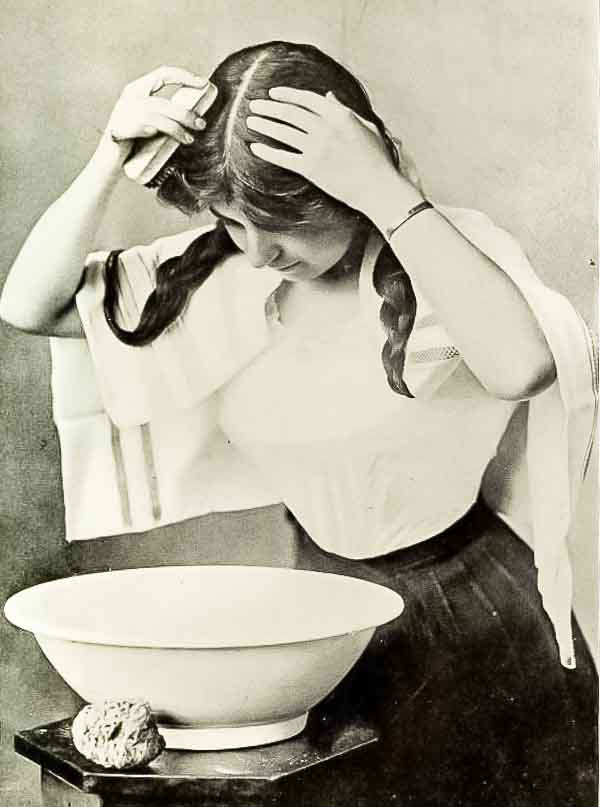
Victorian woman washing her hair
Clothes were never washed, for the fabrics were too fragile. The only garments ever washed were undergarments for they were created with cotton, a more sturdier material. Instead of deodorant, women would place “dress shields” which were placed in-between the dress and armpit to collect sweat. Perfume was commonly used by women and the most common scent is called “surefire,” made from whale intestines. Instead of face masks, Victorian women would relax before sleep by placing raw meat on the face believing the fat from the animal would rejuvenate the skin. In the morning, Victorian women would do their makeup routine, their secret to their flawless look was lead, removing imperfections with a lethal chemical.

Victorian Era makeup and perfumes
To lose weight, Victorian women were advised to take their water with a lemon or to take weight loss medicines, which is crazy to think they had those at the time. However, the medicines often contained ingredients such as arsenic, cocaine, and tapeworm larvae! If a women wanted to gain weight, she was told to try not to move as much as possible and to avoid sunlight and anxiety.
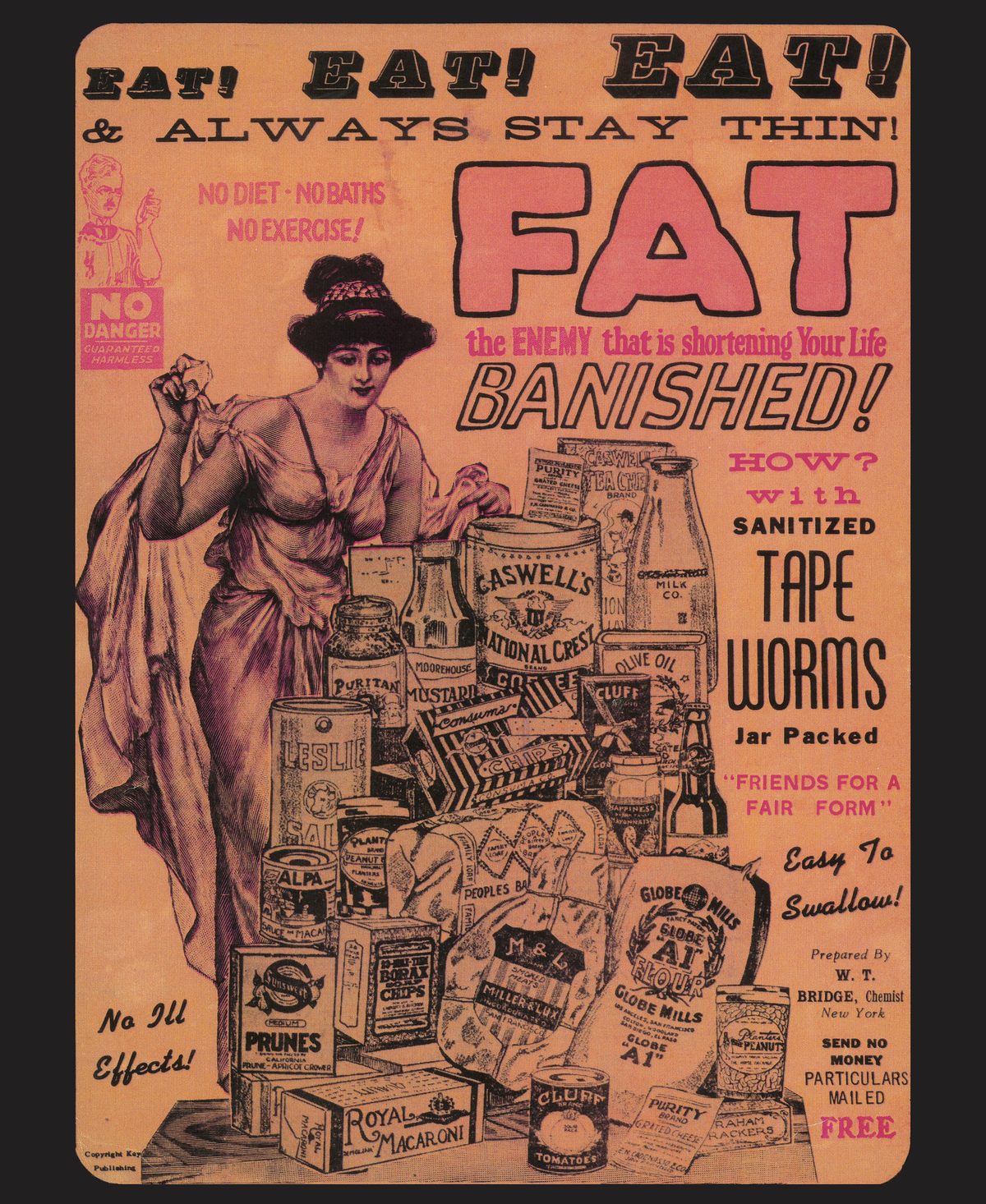
Victorian era ad for weight loss “medicine”
For dating, a Victorian women would cover her face with a handkerchief to tell a man she loved him and then bite the end of her glove as a sign for unwanted suitors to disperse. Brunette men were told to pair with blonde women and men with ruddy complexions were to pair with olive-skinned women. A scold woman, a woman who couldn’t hide her displeasure or sadness, was considered the worst kind even though most women were given poor treatment; they were considered property of their husband instead of their own being. Overall, Victorian women had a rough beauty routine that often ruined their beauty instead of letting it shine!
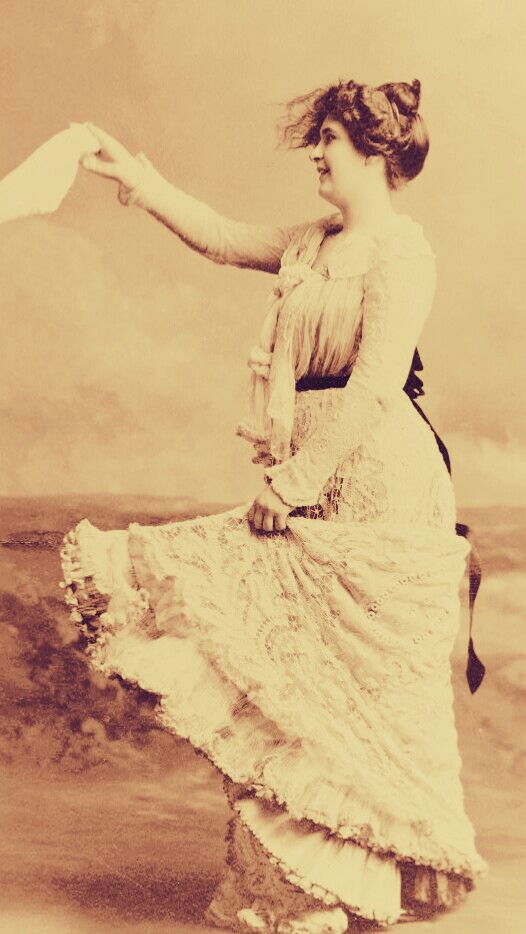
Victorian woman with her hankerchief

:max_bytes(150000):strip_icc()/GothicRevivalChair-589d230a5f9b58819caf8b22.jpg)

